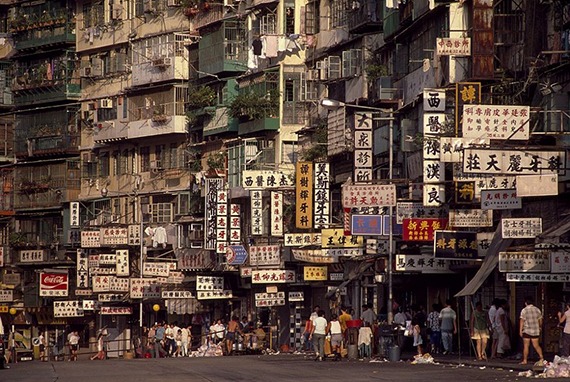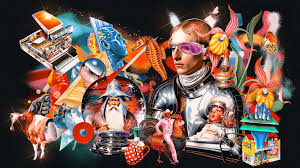
Menu

In a world racing toward artificial intelligence and hyper-urbanization, Indian artist Beenu Gupta invites us to slow down and look closely at the patterns nature has always known. Her latest body of work explores the concept of sacred geometry—those intricate shapes and symmetries found in everything from a sunflower to a galaxy.
At the heart of Gupta’s art is a deep reverence for nature as a spiritual teacher. Her canvases radiate with spirals, mandalas, and repeating fractals that echo the architecture of the natural world. These forms are not just aesthetically pleasing—they’re mathematical, symbolic, and meditative. She turns simple leaves, water ripples, and tree branches into metaphors for life’s infinite connectivity.
Gupta draws heavily from ancient philosophies and Eastern spiritual traditions, where geometry has long been seen as a bridge between the physical and the divine. Circles, triangles, and hexagons dominate her compositions—not as abstract designs but as living energies. A lotus unfurling, a snowflake forming, or even the swirling pattern of a shell becomes a cosmic language that speaks of balance, harmony, and rebirth.
Her palette is equally thoughtful. Earthy tones blend with luminous whites and deep blues, evoking both soil and sky. Metallic accents glint like dewdrops or stars, reminding the viewer of the unity between microcosm and macrocosm.
What’s striking is how her art doesn’t just depict nature—it decodes it. Her paintings act as visual meditations, inviting viewers to contemplate the order behind what appears to be chaos. In a way, her work is both scientific and spiritual: grounded in geometry but reaching for something transcendent.
Through Gupta’s lens, sacred geometry becomes more than a visual motif—it becomes a philosophy. Her message is clear: the universe isn’t random. There is rhythm in the roots, poetry in the petals, and a sacred design running through it all.
For viewers, her art is a gentle reminder that beauty lies not only in the grand but also in the granular. You just have to look closely—and maybe a little inward.



